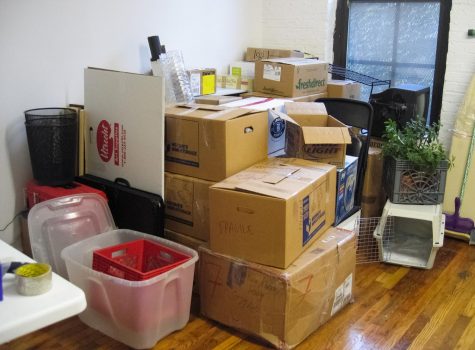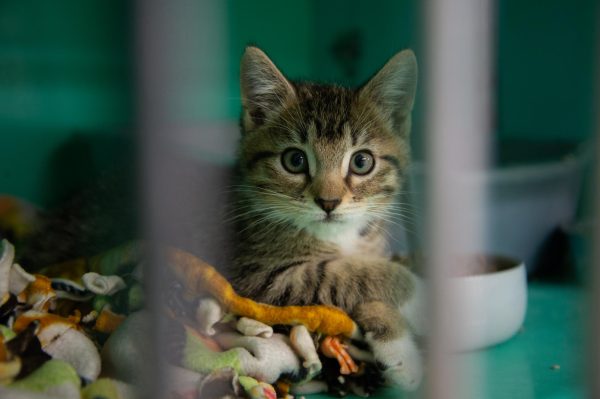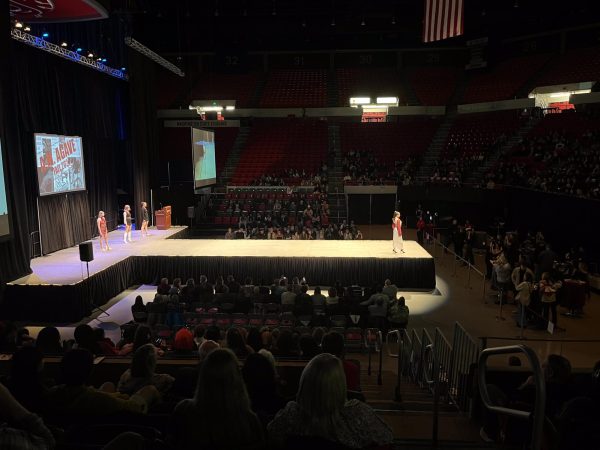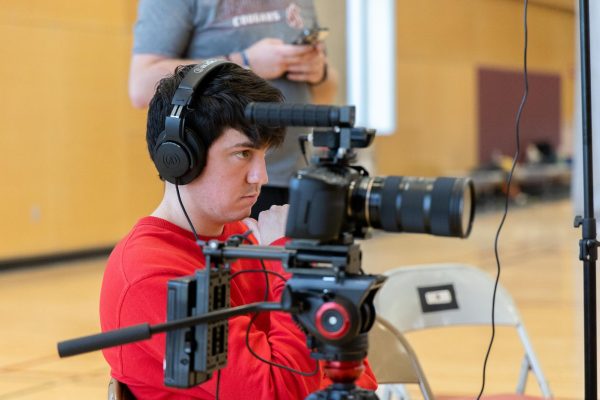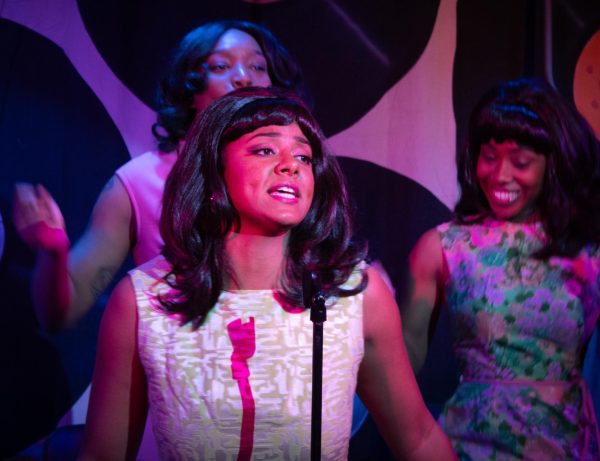Native American, Egyptian, Greek stories captured at planetarium
March 13, 2014
If boredom is an issue or adventure is sought this spring, consider taking a trip across the night sky.
This semester, the WSU Planetarium will host a series of themed programs open to the community. Each program will have multiple shows that will last about an hour and focus on topics ranging from astronomy to basic physics.
Built in 1946 and located in Sloan Hall, the Planetarium has been used primarily as an educational tool and exercised on certain classes, graduate students, and middle school field trips. To set itself apart from Jewett Observatory, which provides similar services, interactive entertainment has become incorporated into planetarium programs.
Physics and astronomy professor Guy Worthey said that lessons are now taught through the use of stories and myths to keep from venturing in the factual territory of lecture material. Greek, Egyptian and Native American mythology all play active roles in the presentations.
“You should definitely have fun learning something,” Worthey said.
The indoor solar system provides an immersive environment that both students and families can enjoy, he said. The room itself is a large dome with a single projector in the center. It is surrounded by hundreds of chairs that lean back enough to catch every galaxy, wormhole and star being projected.
Event guide and graduate student Kaylan Petrie said the indoor solar system provides a fun, interactive, and educational experience for anyone.
“It’s a fun thing to do with friends or a date,” Petrie said.
Petrie said her favorite part of her position is engaging with the audience and learning how to improve her tour.
“I like to draw on experiences that the audience had,” Petrie said. “I like to ask open ended questions … to help guide.”
The program exists for community engagement but benefits as well from the profits. All money earned will be invested in improving the Planetarium as a whole, Planetarium Director Michael L. Allen said.
The Planetarium has not been remodeled since 1966, Petrie said. Being a local planetarium completely run by professional astronomers and supported by a significant staff of volunteers, Allen said he believes the building is one worth investing in.
A new projector will be purchased with current profits.
The programs being hosted to benefit the WSU Planetarium are independent of each other but are part of the same solar exploration series.
In February, “Virgo and Valentines,” a tour of the skies through Greek mythology, was the second show of the series. It sold out in its first night and pressed to 120 percent occupancy in its final week.
The next event at the Planetarium is “Turn, Turn, Turn,” which will highlight how seasons are created. The program debuts at 7 p.m. Friday and plays again at 5 p.m. March 23.
Three back-to-back showings of “Sky Mothers” will be presented for Mom’s weekend on April 12.
Allen said he invites students, families and faculty members to check out what the Planetarium now has to offer.
“Educators, scientists, engineers, and environmentalists would be interested as well,” he said.
Tickets are $10 at the door and students can buy advanced tickets for $7. All profits will go towards purchasing a new star projector.











